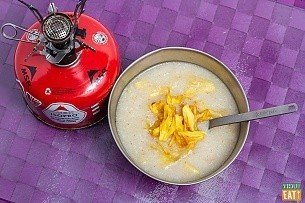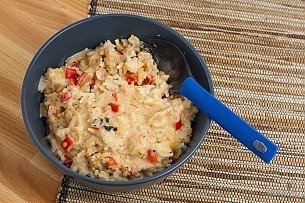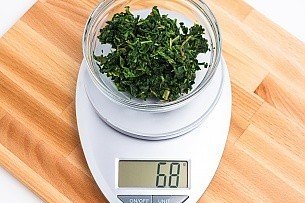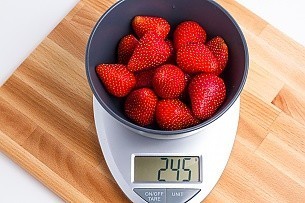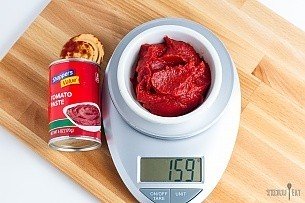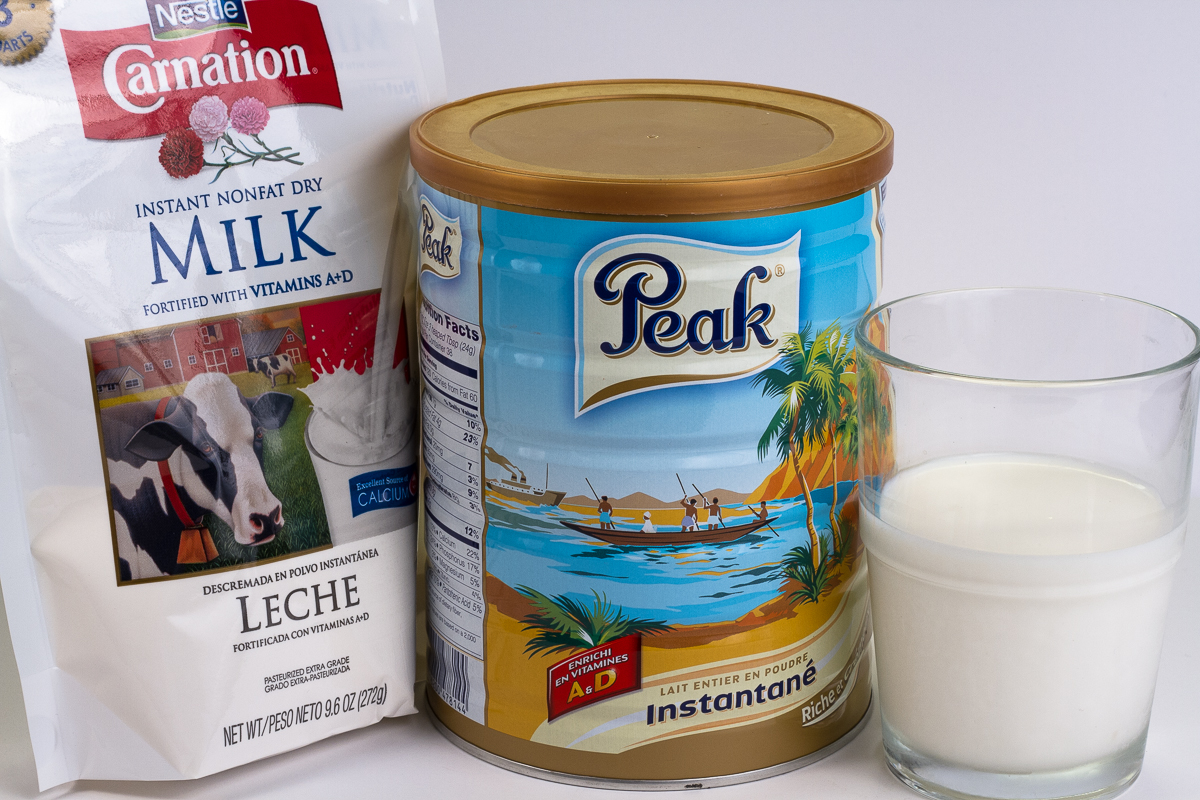
Friends, if you want to quench your thirst and satisfy your body with a nice glass of milk after a grueling day of hiking, then boy do I have something to show you!
I know you’re wondering, “who the hell wants a glass of milk while hiking?!” That’s a very valid question, and I understand the idea of drinking a tall glass of milk and leaving your mouth with that weird post-milk-mouth mucus is not exactly the pinnacle of comfort or indulgence. However, milk has its place on the trail. I typically encounter it in the form of breakfast: granola with milk, oatmeal with a splash of milk, as a coffee creamer, or occasionally as in ingredient to a meal like beef stroganoff.
If a taste of home and cilvility is not enough to convince you because you enjoy eating non-tasty foods then allow me to convince you with the nutritional benefits. Milk is typically fortified with vitamins A and D, and is a good source of other vitamins like calcium and B-12. The latter of which is particularly important because B-12 can only be found in animal products such as meat, fish, and dairy. The nuts and fruit trail mix you have? Yeah, no B-12 in there. Your carb-heavy lunchs and dinners? Probably minimal B-12, if any at all.
So what’s the deal with B-12? I’m not a doctor or a scientist, just a guy who likes to hike and eat well, so I’m not going to pretend like I know exactly what I’m talking about. All I know is that B-12 is required by the human body to function properly. It creates DNA and keeps your body’s nerve and blood cells healthy. The National Institutes of Health has a more thorough breakdown of the importance of vitamin B-12.
Ultimately, you’re pushing your mind and body to pretty extreme limits every day you throw on that pack. It takes a physical and mental toll; and you can only perform as well as the fuel you provide yourself so why not give it everything under the sun. It’s really easy to stuff yourself with foods that make you feel full but don’t give your body the replenishment it really needs. More anecdotally, 5 Hour Energy’s principle ingredient is B12, so think about the performance benefit it provides.
Hence, milk is a good way to get extra nutrients and elevate your body’s function.
For those of you who are lactose intolerant, my condolences. I don’t recommend consuming much milk, or any at all, unless you’re very intimate with your hiking partner or the idea of digging a cathole 6 times a day seems like a good way to enjoy your backpacking trip. But fear not, eat plenty of other meats and you should cover all the same bases as dairy.
If you’re on board this milk wagon then you have some options, some easier to obtain than others. Obviously you don’t want to carry liquid milk, but that option does exists. Shelf-stable milk comes in cartons and don’t require refridgeration until they’ve been opened. If your trip is short enough and you’re a masochist, then by all means grab some small cartons of tasty cow juice and gulp it down on the summit while basking in your accomplishment.
For those counting the grams and ounces, powdered milk is the only acceptable choice, and a varied one at that. A quick Google search will yield a surprisingly large number of options for powdered milk. How many are actually from the same manufacturer and simply rebranded, I have no idea and frankly don’t care. What matters is that it contains the nutrients of milk, and it should, it’s made from milk. As long as it’s not a milk substitute, then it should be fine.
More than nutrients, the most important part is taste. Because let’s be honest, you’re drinking it for additionall nutritional value but if it doesn’t tastes like milk, what’s the point? I don’t know about you, but I prefer to enjoy my food instead of forcing it down out of necessity.
The most common powdered milk is probably Carnation, it can be found in the baking aisle of most grocery stores and the back of the package has baking recipes. We’ll find out soon enough if it’s a good milk substitute if we’re not cooking with it. Then there are other brands like Nido and Peak, which are aimed at being actual milk substitutes instead of a baking ingredient. Lastly, there’s the ol’ DIY option.
So let’s get this party started with some shots of milk. Because that’s my idea of a raging good time.
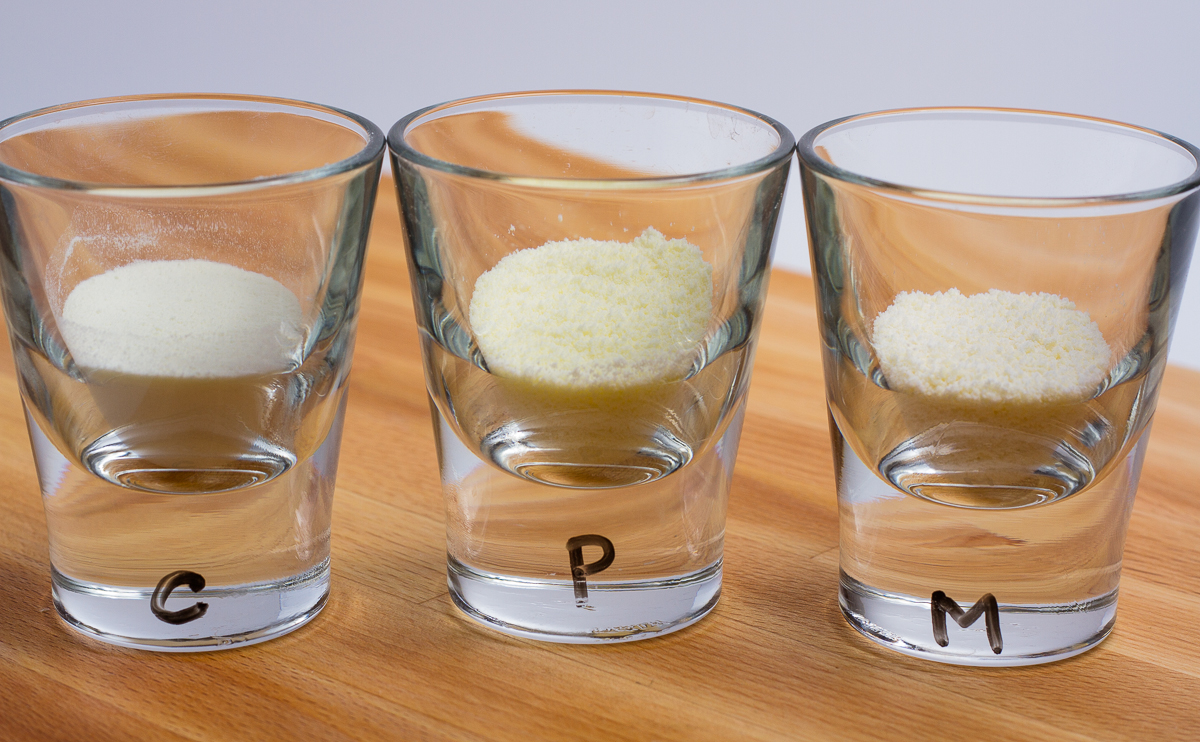
From left to right, as indicated by the markings, is Carnation, Peak, and DIY dried milk.
But wait, how did I make my own milk powder? By drying it of course! Pour some milk into a shallow saucer or plate and toss it into the dehydrator. Depending on your dehydrator model you may or may not be able to accomplish this by rearranging or removing racks. In any case, you’ll want to pour the milk very thin, because if it’s too deep only the top will dry and everything underneath will still be wet. Aim to get a nice 2-3mm of milk. As it dries a membrane/skin forms on top, it helps if you move this away to expose more undried areas. I set my Excalibur dehydrator to the “yogurt” setting which is 115℉ for roughly 6 hours.
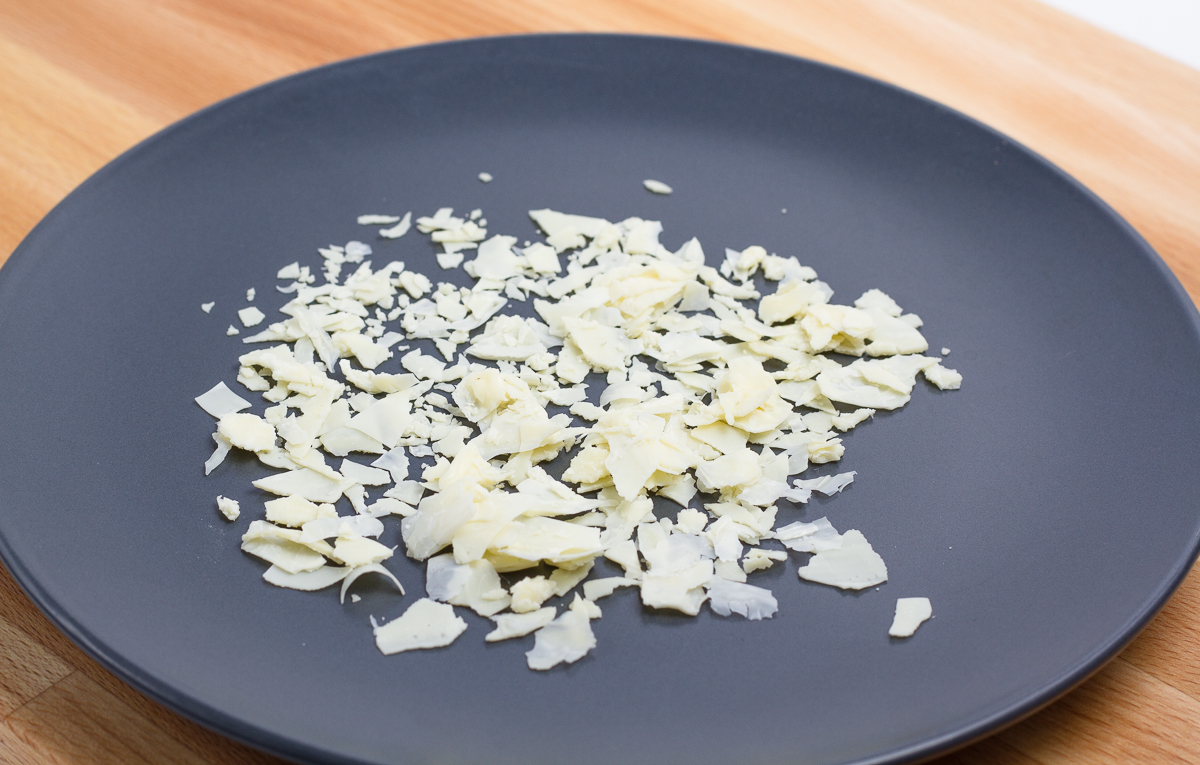
When the milk is done, it should be very brittle and completely dry. If it feels at all tacky then it needs more time in the dehydrator.
Then toss the dry pieces into a mortar and pestle and grind away. You could use a spice grinder, coffee grinder, or food processor as well. Just be aware that the high speed of the blade and the heat may cause it to clump.
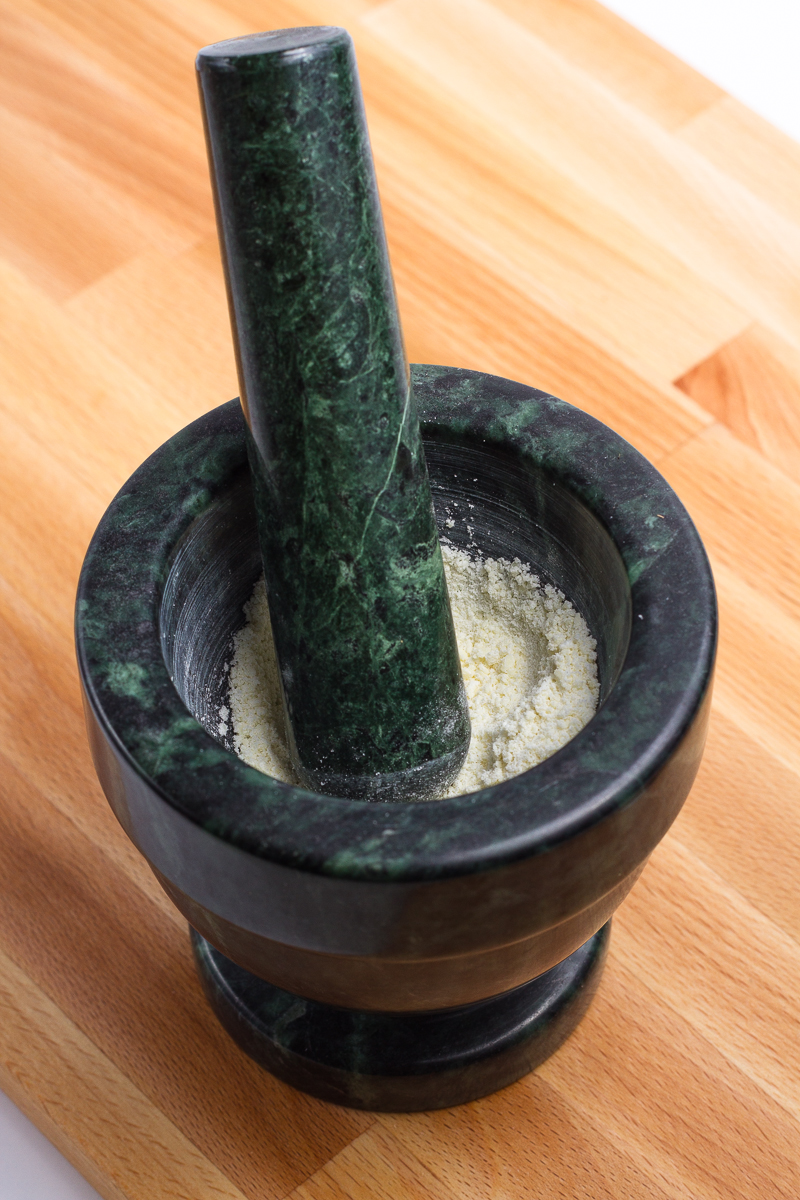
Looks pretty good to me! Now another side-by-side comparison of all three.
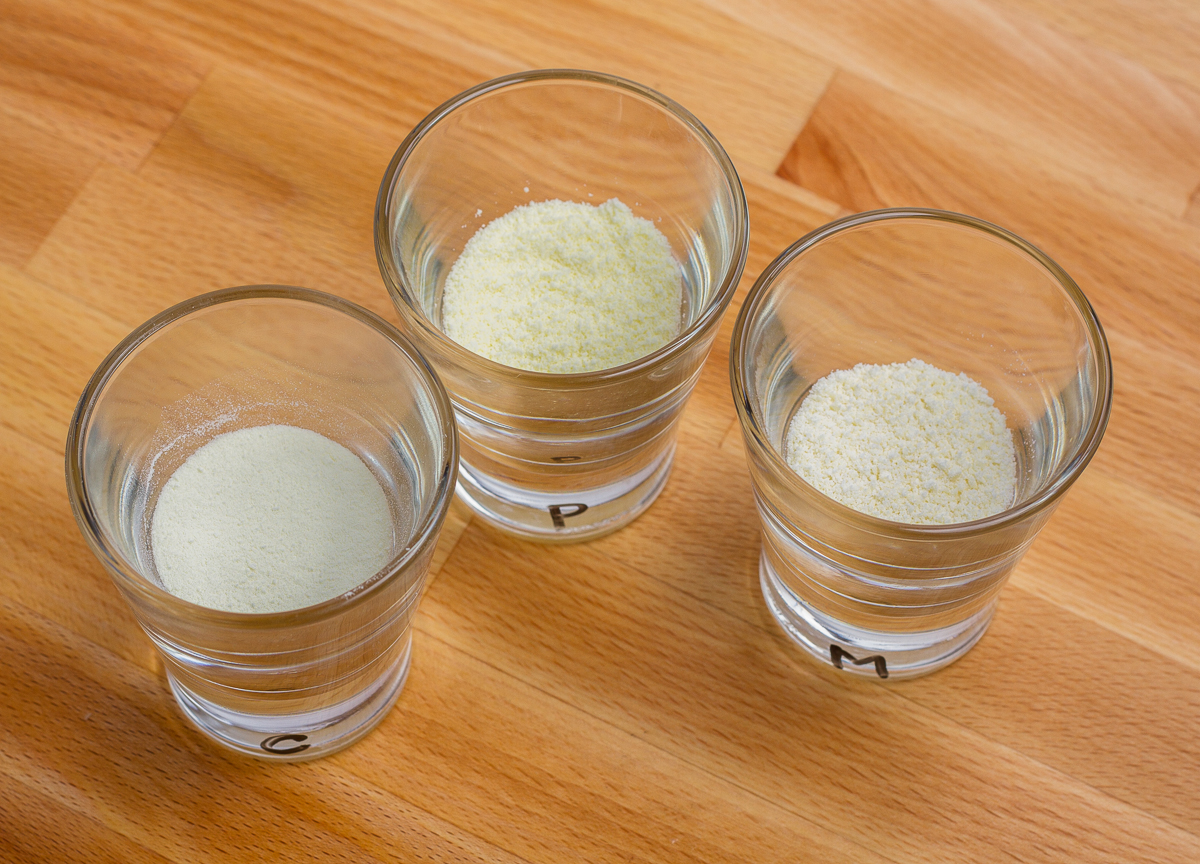
The Carnation is by far the finest of all three. So fine that it’s almost dusty and sticks to the side of the glass. The Peak is prettty coarse and our homemade milk powder is just about the same if not a little coarser.
Now the real test, rehydration!
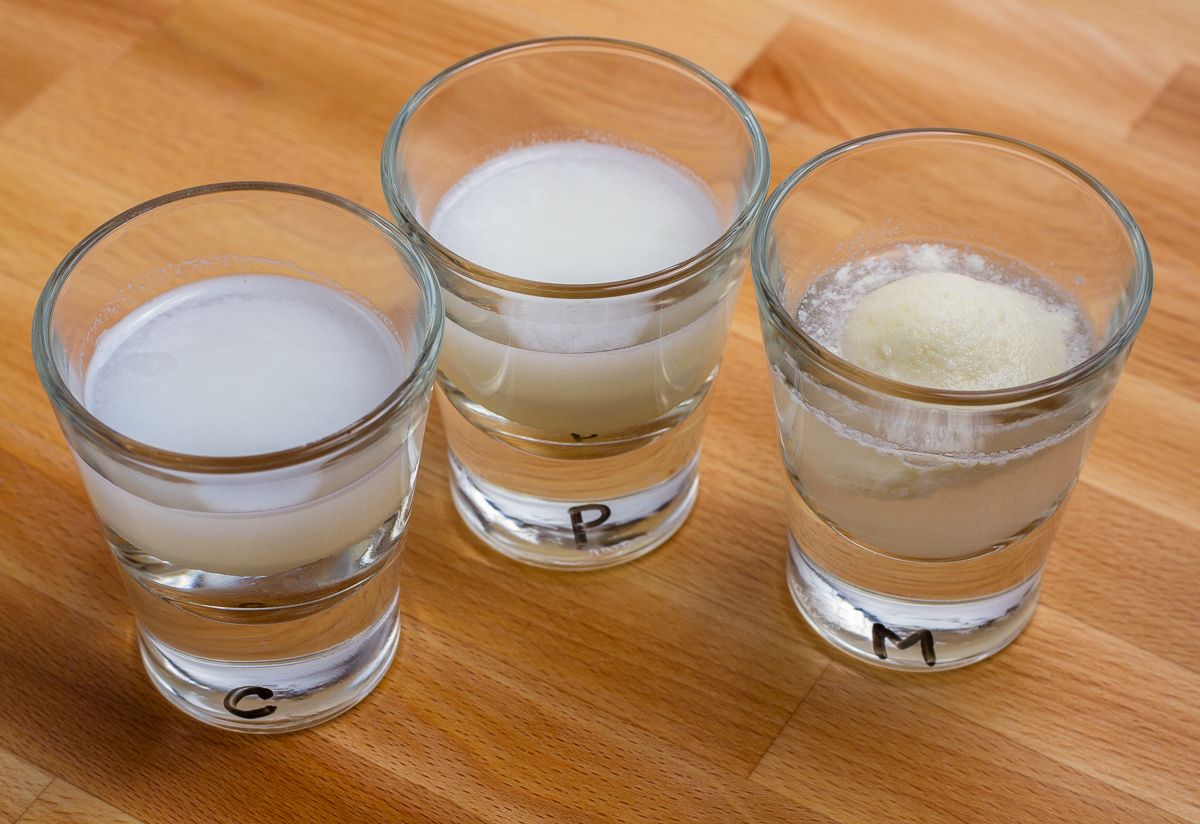
My heart sank, this wasn’t looking good at all. My homemade milk powder clumped and floated to the top, it looks like someone put a scoop of butter in water. The Carnation also looks pretty awful, and the Peak just as bad.
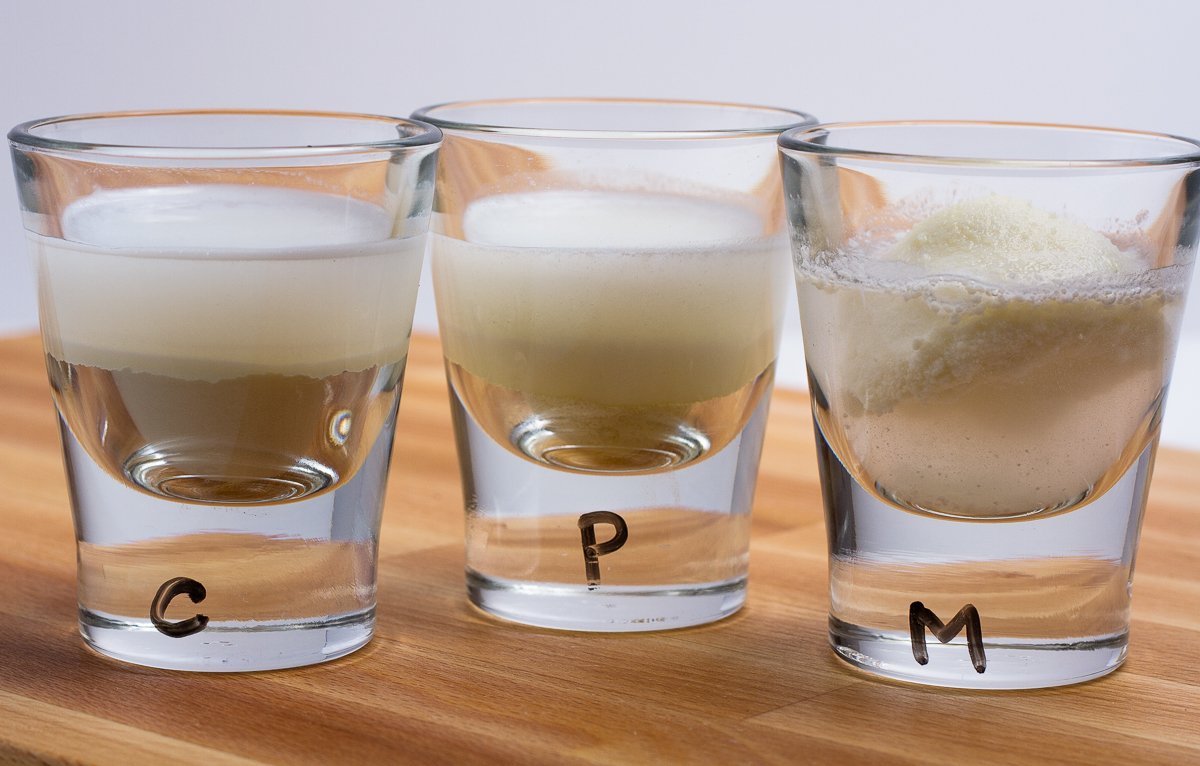
Without any stirring at all, the Peak looks like it’s actually dissolving itself, while the Carnation and homemade powder just sits there unincorporated. Fret not though, a quick stir and everything is fine!
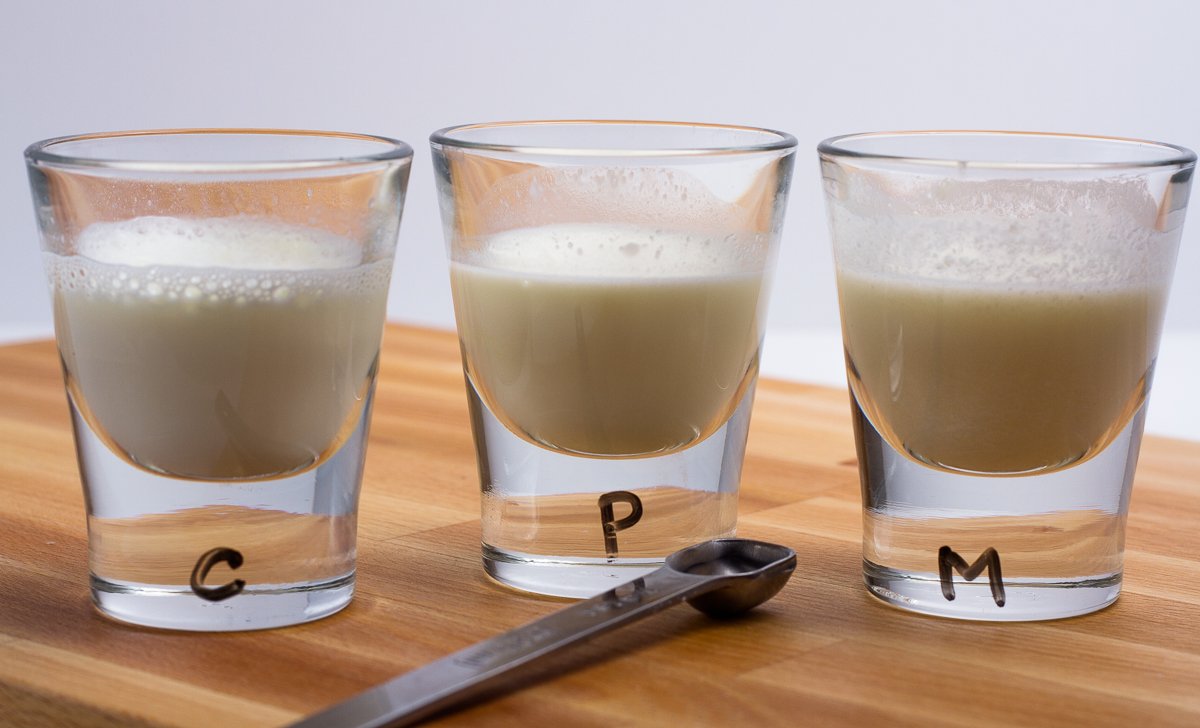
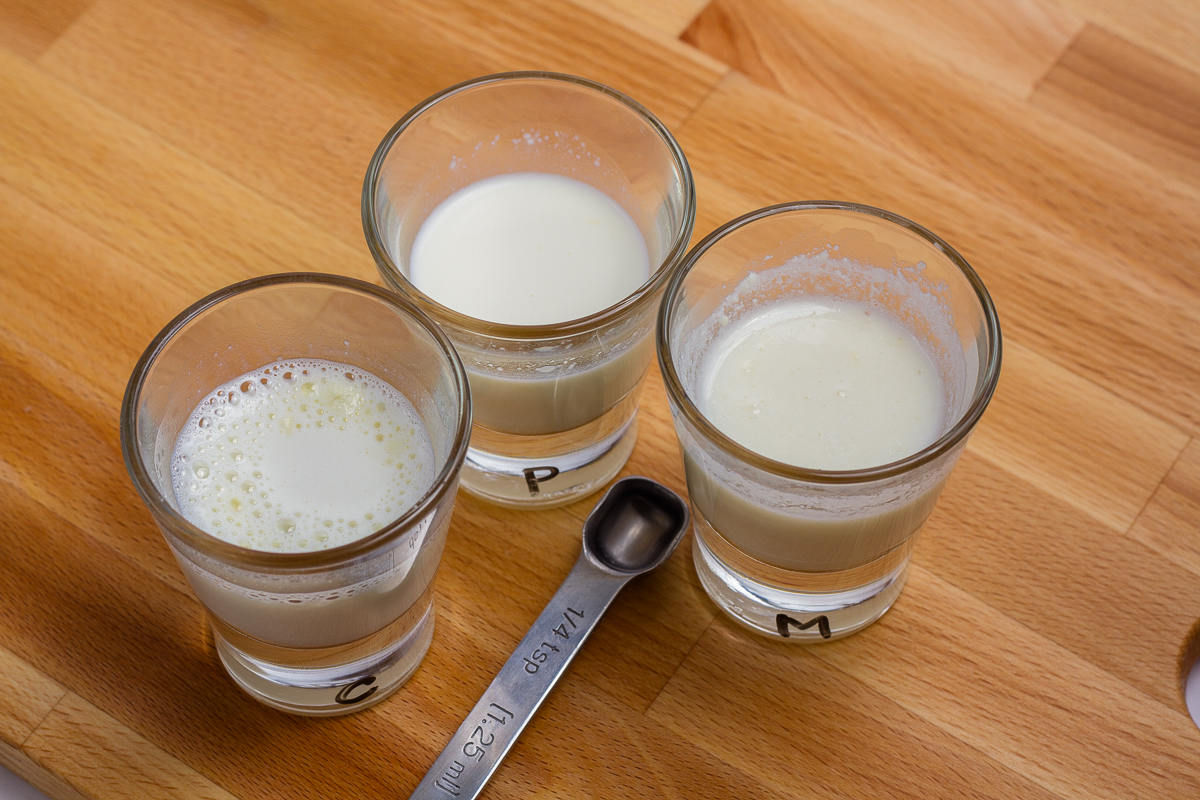
All three milk powders rehydrated beautifully, but we can see right away which one might be best… onto the taste test!
Carnation: very frothy, watery (but it’s nonfat so that’s to be expected), it has an aroma that’s very fragrant, almost floral. Definitely doesn’t taste like milk and it’s very sweet. I could see this working in something like oatmeal where the sweetness and aroma would enhance the meal, but I wouldn’t want to have it in something like granola.
Peak: has the same consistency as milk, tastes like milk, but it’s sweet. Imagine someone adding a pinch of sugar to your milk. It’s incredibly good and would work excellent in granola. If I was drinking it cold instead of room temperature I’d probably think it was whole milk.
DIY milk powder: spot on milk taste. It was a little bit harder to mix together and clumps a bit. I bet given enough time it would all dissolve, so the texture contains bits of chunkier milk powder. I could definitely see this working in granola or drinking it straight.
Verdict? Peak is the best milk powder.
Carnation is just way too sweet and fragrant and doesn’t taste much like milk. While the homemade milk powder tastes better, the Peak is very very close and has an advantage that homemade does not provide. Food safety. It’s been designed by food scientists to resists spoiling. Milk contains organisms that cause it to spoil when not kept under refridgeration. Dehydrating it does not safely neutralize potential bacterial growth. Milk also contains fat, approximately 3.25% fat for whole milk, which can go rancid and spoil. However, that amount of fat is low enough to be considered negligible although it should still be kept in consideration.
If you’re hell bent on making your own milk powder, I suggest you go with a non-fat or 2% milk to reduce the fat content further and lower the chances of spoilage. More importantly, make it with shelf-stable milk which has been sterilized and all organisms rendered safe. Failing that, most organic milk in the grocery store has undergone ultra-high-temperature (UHT) pasteurization. It’ll be labeled as such and is the safer option than your run-of-the-mill budget dairy.
The biggest motivating factor of choosing Peak is simply convenience. To dehydrate a bulk quantity of milk on your own wouldn’t be worth the time investment or cost of electricity. You’d spend many days if not weeks making a tin of milk powder and then it could all go bad and make you sick on the trail. Simply not worth the risk when a can of Peak can be had for less than $20 and last longer than you know what to do with it.
Keep your eyes peeled for the next milk battle, Peak vs Nido.
